
views
Responding to the Fire Alarm
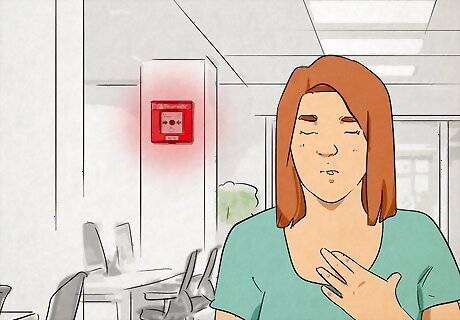
Stay calm. Do not panic when you hear the fire alarm. Also, it's important to stay quiet so you can hear any instructions. In fact, it's important to be quiet and calm the whole time the fire drill is happening, not just when it starts.
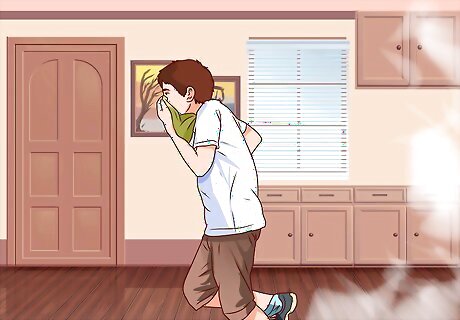
Treat the alert as if it were a real fire. Though you may think the fire alarm is just for practice, you should always treat it as there actually is a fire. You have to practice the drill seriously to learn the proper procedure so that when a fire does happen, you won't panic. In fact, even if a drill is scheduled, something could have happened to cause a real emergency. Always treat the drill as if it were the real thing.
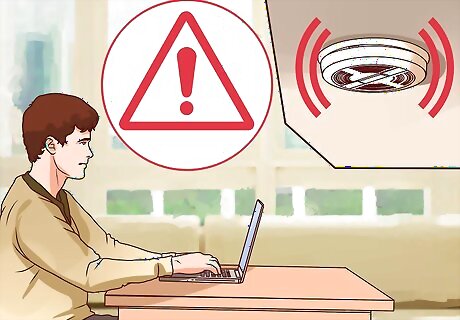
Stop what you're doing. When you hear the alarm, you must stop anything you are doing at the time. Don't take time to finish a sentence on your paper or send an email. Don't take time to gather your things. Respond to the alarm immediately.
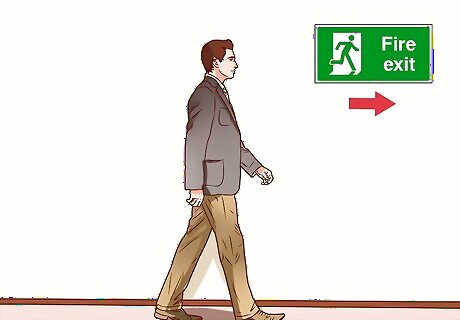
Start moving out of the building. Consider where the nearest exit is. Leave the room you are in going in that direction. Try to be as orderly as possible as you leave the room. Line up to exit the room. Don't start running. If possible, know the route to the nearest fire exit before a fire drill happens. It's always a good idea to check for your route when you're in a new building, especially one you will spend a good deal of time in. For instance, hotels are required to have the fire exit on the back of your hotel door. Under no circumstances should you ever use an elevator in an emergency evacuation.

Close your door. If you are the last person in a room, close the door behind you. Make sure it doesn't lock, however. When you close the door, it helps slow the fire because not as much oxygen can get in the room as quickly. It also blocks smoke and heat from entering other rooms as much.
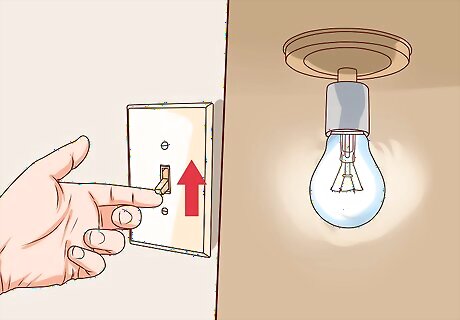
Leave the lights on. Do not turn the lights off as you exit the room. Leaving the lights on will help firefighters see better.
Making Your Way Through the Building
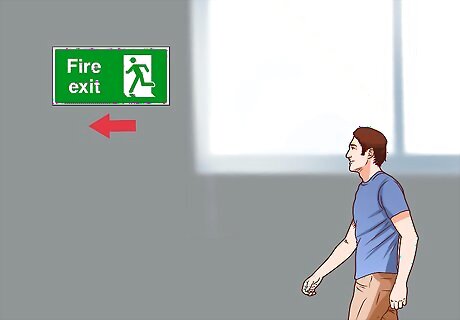
Move to the nearest exit. Go along the prescribed route for evacuating the building. If you don't know where the nearest exit is, look for "Exit" signs as you move down the hallways. These signs will usually be in red (or green in the UK) and sometimes will be lighted.
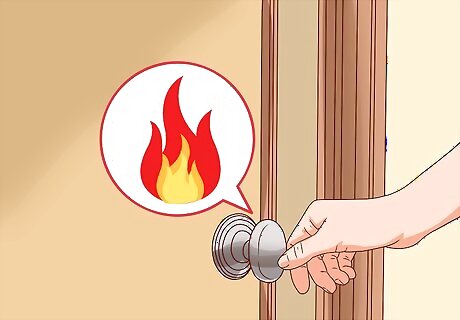
Check doors for heat. When you're in a real fire, you must check doors for heat as you come up to them. Look for smoke coming under the door, and place your hand near the door to see if it is radiating heat. If you see neither of these signs, try lightly touching the door handle to see if it is hot. In a real fire, if you find any of these signs, you must go another route.
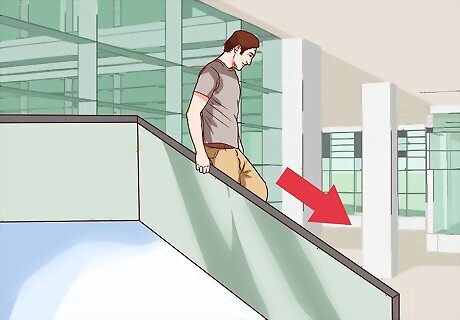
Take the stairs. You should not use elevators during a fire drill. During a real fire, elevators are used by the firefighters to help fight the fire. Plus, elevators can be dangerous during a fire. In addition, stairways are usually pressurized, meaning they will not be as smoky as other areas.
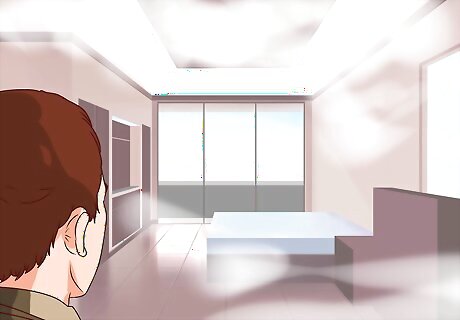
Watch for "smoke" signs. Sometimes, the people doing the drill will put up "smoke" signs in certain hallways to simulate what happens in a real fire. If you see a smoke sign, you need to find an alternative route out of the building. If that's the only way out, practice crawling low. When there's smoke, getting down low can help you see better.
Descend down to the designated meeting point. This will usually be in a skylobby or main lobby. If a total evacuation is ordered, walk all the way down to the ground floor and exit the building via the emergency exits or through the main entrances.
Leaving the Building
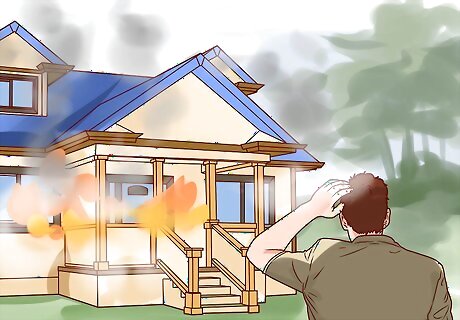
Clear the sidewalks. Make sure to leave the sidewalks clear for the firefighters to do their work. If there are too many people clumped on the sidewalks, firefighters cannot get through. Be sure to listen for people in authority giving directions. Teachers or building emergency coordinators will likely be looking to take a head count, so they will want to get everyone in the same area, which is why it's important to stay quiet.

Move to a safe distance. If there really is a fire, the building could eventually collapse. You should move a safe distance away from the building. Generally, across the street is fine.

Wait for the all-clear. Don't assume that because the fire alarm has stopped, you can re-enter the building. Wait until the firefighters or someone else in charge tells you it's fine to go back inside. Once you hear that, you can resume normal activities.














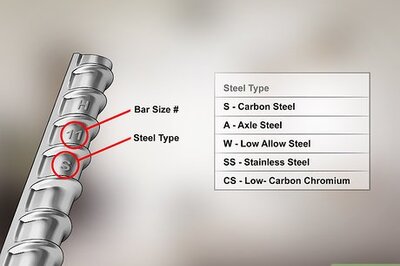

Comments
0 comment